The Celestial Clockwork Behind Indian Festivities
Have you ever wondered why Diwali doesn’t fall on the same date every year? Or why Makar Sankranti is tied to mid-January, regardless of the lunar calendar? These festival shifts are not random — they are rooted in ancient astronomical wisdom.
From solstices to equinoxes, India’s calendar system is deeply tied to celestial events. Let’s explore how the stars, moon, and sun dictate when India celebrates its biggest spiritual and seasonal moments.
🗓️ Lunar vs Solar Calendars in India
India uses both lunar (Chandramana) and solar (Sauramana) calendars:
- Lunar festivals (like Diwali, Holi, Raksha Bandhan) follow the phases of the moon.
- Solar festivals (like Makar Sankranti, Pongal, Vishu) are based on the sun’s movement.
Each has its own logic — and both come together to create a uniquely Indian rhythm of time.
“The Panchang, or Hindu almanac, is like a cosmic calendar. It tracks celestial positions to suggest auspicious dates,” says Dr. Anupama Joshi, Vedic astronomer.
🌕 How Lunar Cycles Shape Festival Dates
The lunar month has ~29.5 days, so 12 lunar months form about 354 days. To align with the 365-day solar year, Indian calendars insert an extra month (Adhik Maas) every 2.5 years.
Key Festivals That Follow the Moon:
- Diwali: Falls on Amavasya (new moon) in the month of Kartik.
- Holi: Celebrated on Purnima (full moon) of Phalguna.
- Raksha Bandhan: Celebrated on the Purnima of Shravan.
So, lunar festivals shift each year in the Gregorian calendar, but not within the Hindu calendar.
☀️ Solar Influence: Fixed Festivals with Cosmic Roots
Unlike lunar festivals, solar festivals have relatively fixed Gregorian dates because they are tied to the sun’s path across the zodiac (Rashi).
- Makar Sankranti (Jan 14–15): Marks the sun’s entry into Capricorn, signaling longer days.
- Pongal: Celebrated in Tamil Nadu alongside Makar Sankranti.
- Vishu (April 14): Celebrated in Kerala, marking the solar new year.
These festivals represent seasonal transitions and harvest cycles.
🔭 Equinoxes, Solstices & Indian Cosmology
Many festivals align with celestial milestones:
- Makar Sankranti: Post-winter solstice festival, celebrating sun’s northward movement (Uttarayan).
- Navratri (March and October): Coincides with spring and autumn equinoxes.
India’s ancestors paid close attention to the tilt of Earth’s axis and its effect on daylight and agriculture, leading to a sophisticated calendrical system.
📚 Panchang: The Ancient Almanac That Still Works
The Panchang (five limbs: Tithi, Vara, Nakshatra, Yoga, Karana) is used by priests, astrologers, and families to decide:
- Festival timings
- Auspicious wedding dates
- Housewarming ceremonies
- Daily rituals
Each limb tracks a specific celestial detail, turning astrology into an observational science.
🌍 Cultural Significance of Aligning With the Skies
These astronomical alignments weren’t just for accuracy — they had spiritual and agricultural significance:
- Aligning with full moons or equinoxes helped communities plan sowing or harvest.
- Spiritual festivals were synced with celestial energy peaks.
“When you celebrate Diwali on Amavasya, you’re also symbolically lighting up the darkest night,” says cultural historian Ritu Kulkarni.
🎉 Modern Implications: Why It Still Matters
Even today, knowing the astronomy behind festivals helps in:
- Understanding their deeper meaning
- Preserving cultural heritage
- Planning based on seasonal shifts
This intersection of science and spirituality makes Indian festivals more than just ritual — they’re reminders of our connection to the cosmos.
🪐 Final Thoughts: Celebrating With the Cosmos
India’s festivals are not just celebrations — they are timed dances with the universe.
Whether it’s Holi’s full moon joy or Diwali’s new moon silence, each festival is a celestial appointment set centuries ago.
Next time you look at your calendar, remember: the sky had a say in it.
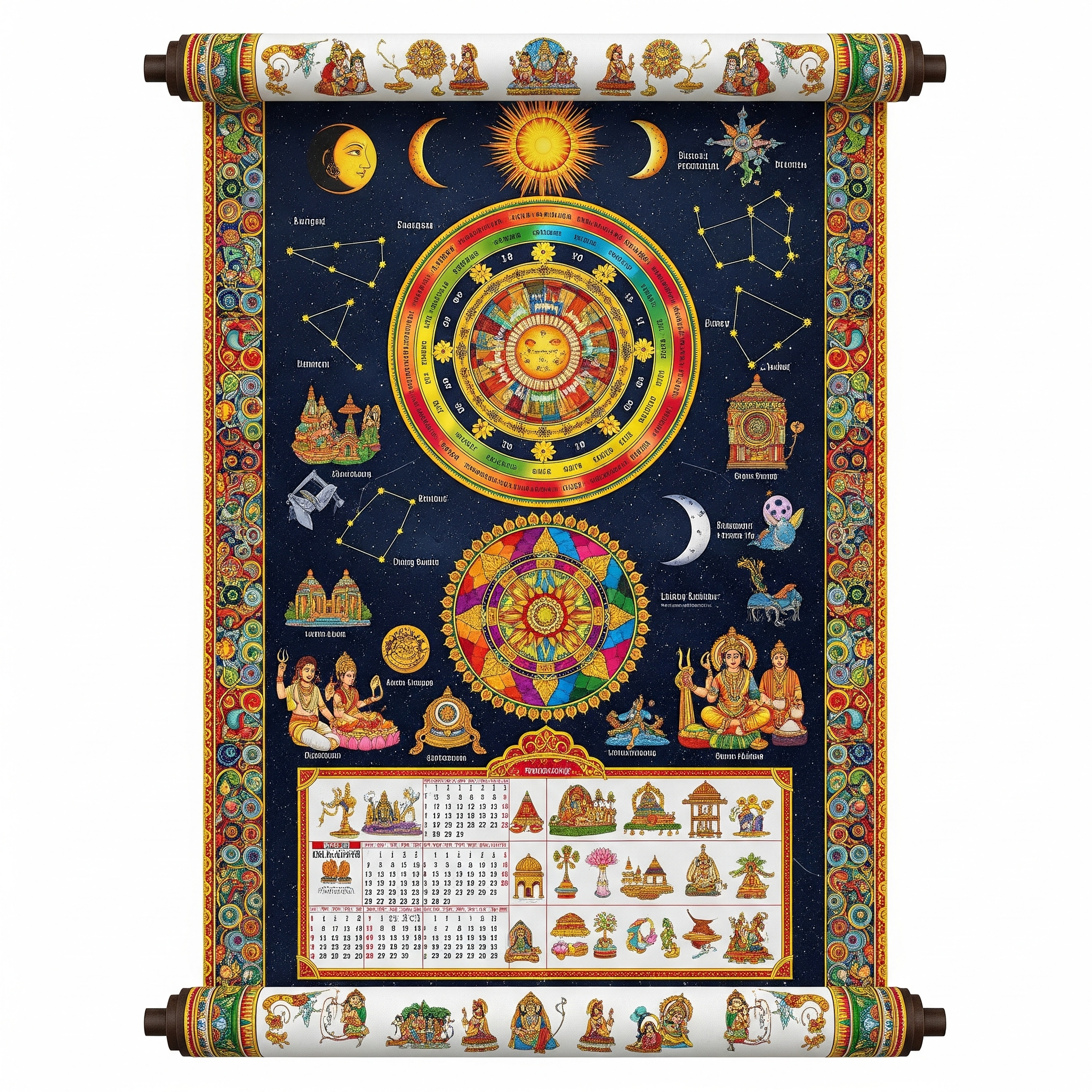
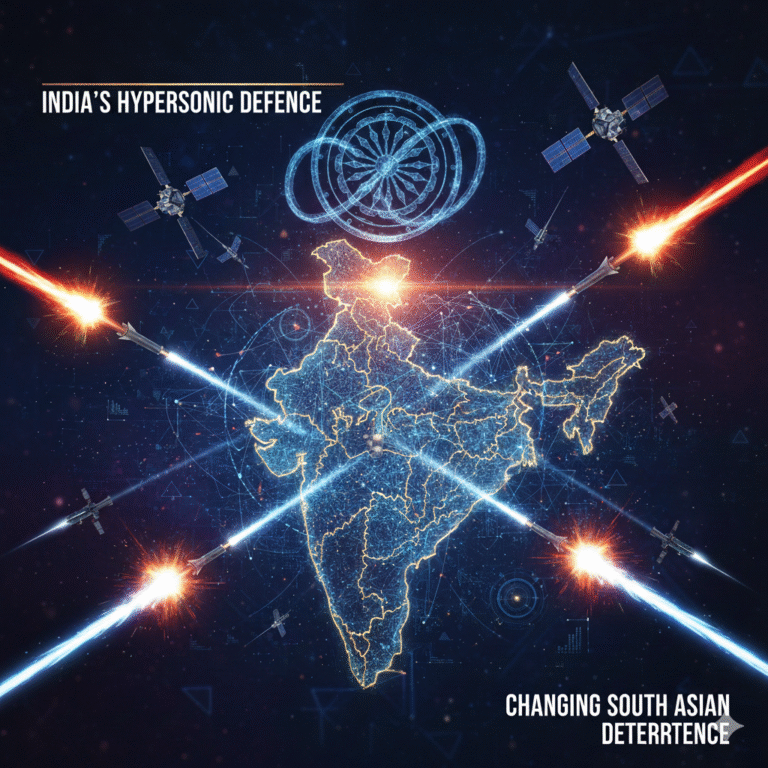
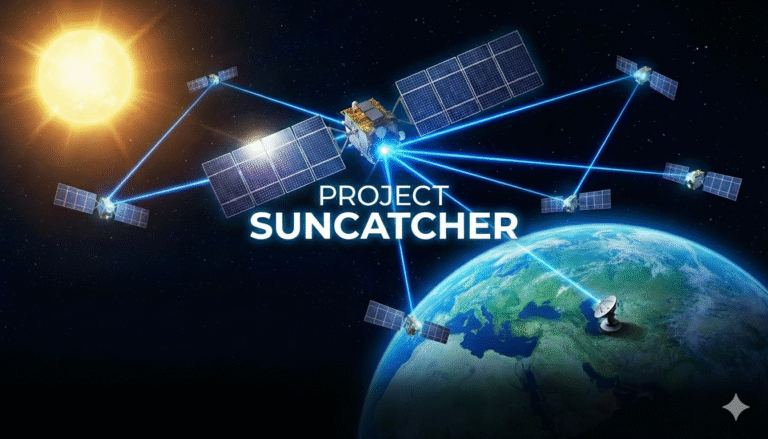
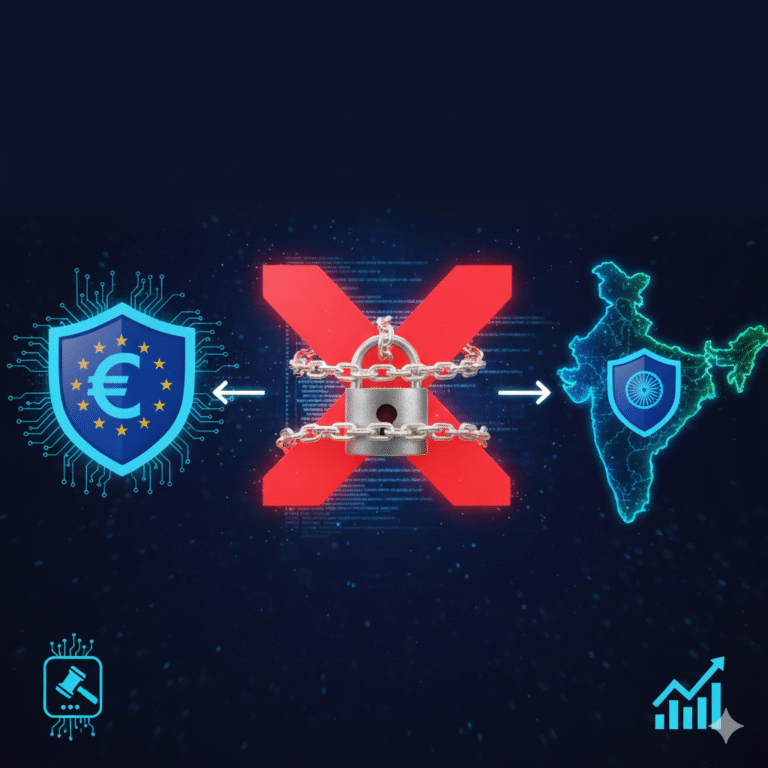




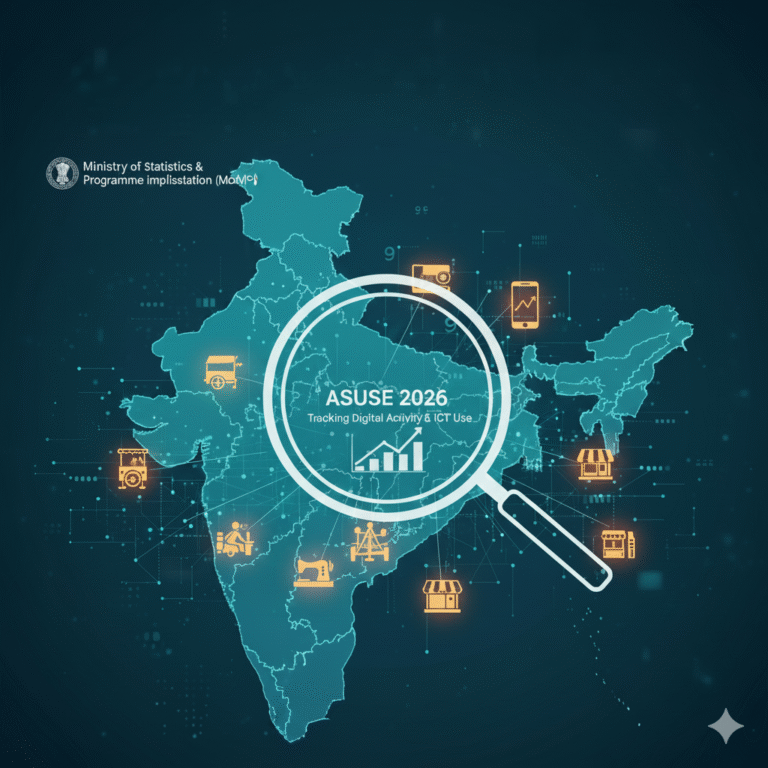
+ There are no comments
Add yours